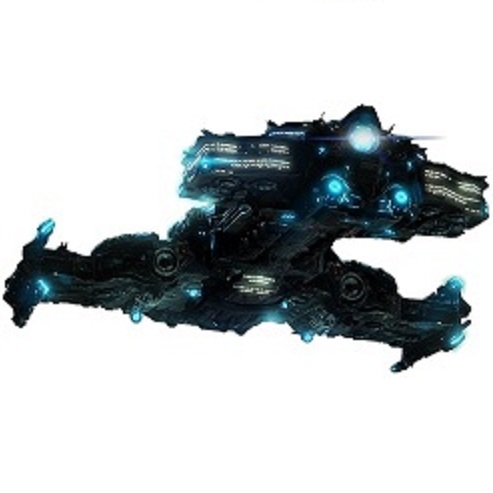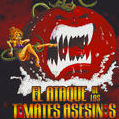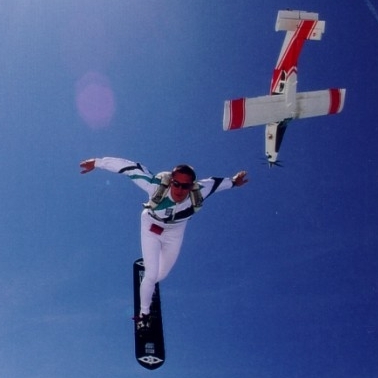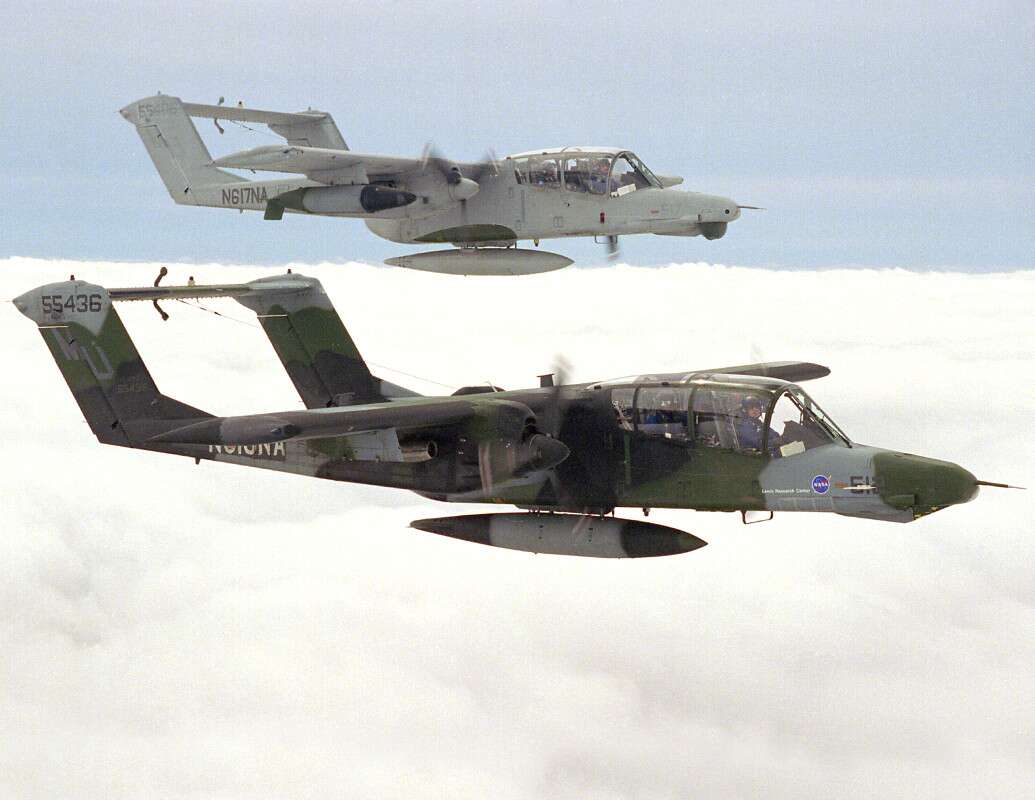Nean1 wrote:ThePointblank wrote:Nean1 wrote:You should keep in mind that attack helicopters were viewed as a solution by the military greatly because of restrictions on operation operation of fixed wing aircraft. In practice, these attack helicopters are much less effective due to the lower speed and autonomy. They are also much more risky for their crews because of the lower mechanical reliability and absence of the ejection system.
Attack helicopters were invented to escort transportation helicopters, and providing fire support to the helicopter-borne soldiers operating from the transport helicopters.
Helicopters also have the advantage of being able to hug the terrain very tightly; they can hide behind crests and tree lines and pop up, fire at targets, and duck back down before the enemy can respond.
They also have persistence to stay in the battle space and attack targets very close to friendlies.
ThePointblank,
The question arises that historically helicopters were employed in Afghanistan for COIN actions. Let's look at a comparison between the Tiger Attack helicopter and the Super Tucano:
Tiger A-29
Unit Cost (US Millions) 27-36 9-18
Endurance (in hours) 3.5 8.5
Maximum Speed (km / h) 315 590
The French must be given credit for the first truly armed helicopter. According to French Army Major j. Pouget, in the early and mid-1950's, they used US H-21 helicopters, armed with SS-10 missiles, fixed machine guns and free firing machine guns against the Algerians in their conflict.
In the US, the first attack helicopter was invented for the Vietnam war, when they started arming UH-1's with rockets and machine guns. Their job was to escort transport UH-1's for the air mobility mission, and provide fire support to suppress ground fire when landing.
When it was realized that arming UH-1's wasn't ideal because the extra weight and drag slowed down the armed helicopters, they developed a purpose built helicopter for the role; the AH-1 Cobra. And once it was realized that the existing weapons weren't ideal against enemy AFV's, the decision was made to arm attack helicopters with anti-tank missiles.
From then on, the primary missions for US Army attack helicopters has been:
1. The destruction of enemy armour and mechanized forces;
2. The destruction of enemy air defence assets;
3. Supporting friendly maneuver forces with fire support;
4. Coordinate fire support from indirect assets (artillery, tactical air), as required;
5. Provide aerial escort to support aerial assault missions;
6. Destruction of enemy helicopters that pose an immediate threat to the mission;
7. Destruction of enemy logistics and communication lines










 , but thats a tank killer build around a huge gun. Still the configuation looks interesting for this requirement too, say half the MTOW of the A10; 25-30 k lbs / 11t.
, but thats a tank killer build around a huge gun. Still the configuation looks interesting for this requirement too, say half the MTOW of the A10; 25-30 k lbs / 11t.